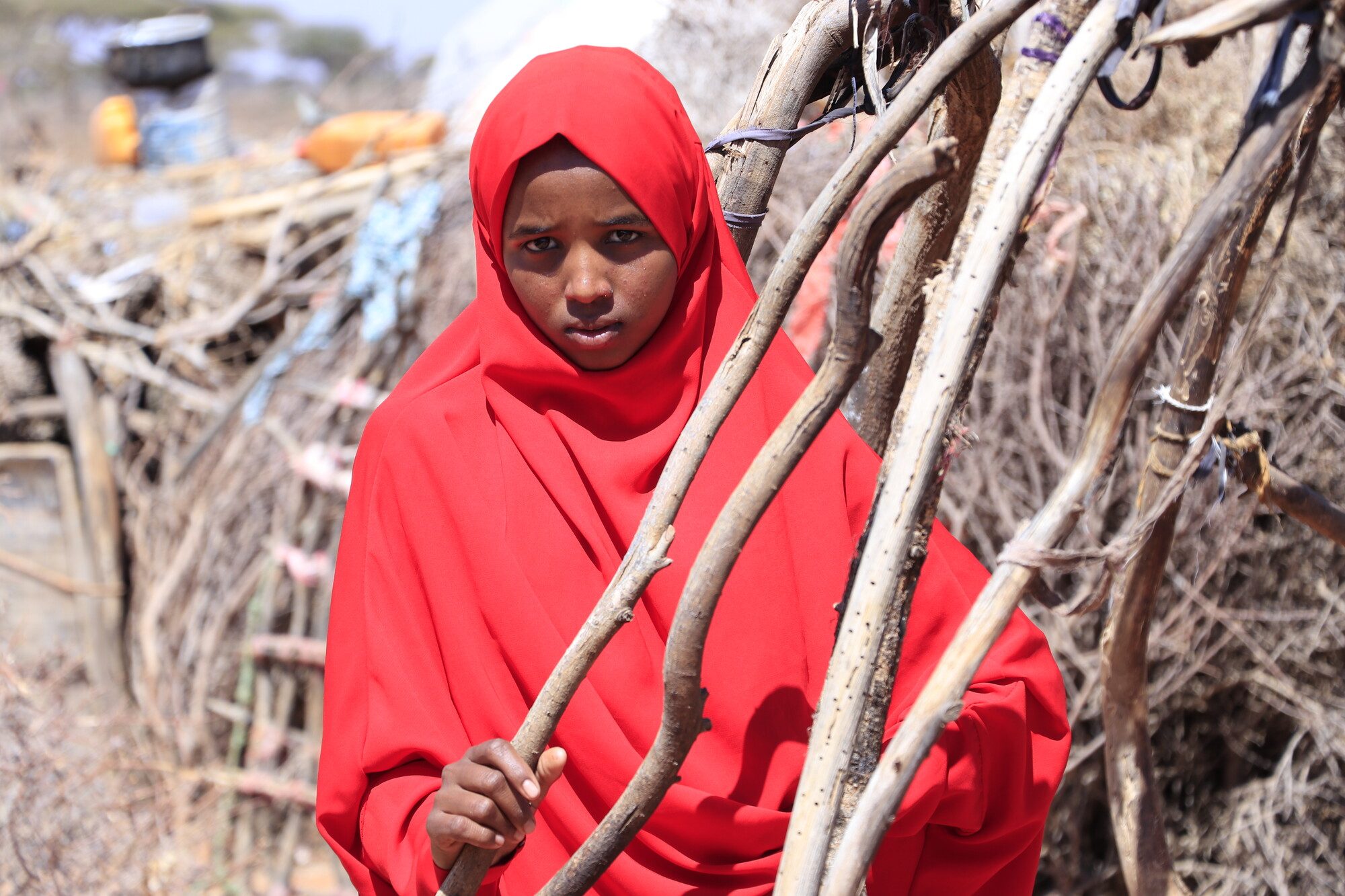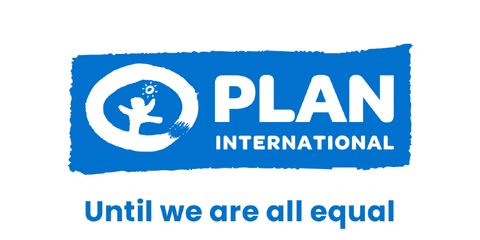A global food crisis with a child’s face
17 October 2022Author: Benyam Dawit Mezmur

Even though I was born and raised in Addis Ababa, Ethiopia into a middle-class family with its own relative privileges – growing up I have had no shortage of occasions to witness the dire effects of hunger, especially on children. Subsequently, as a professional serving within the African Union for a little over a decade, my rude awakening to the issue, as well as nuanced appreciation of its global reach and complexity deepened.
These days, watching the news baffles me that every night around the world, millions of children are going to bed hungry. And the issue is only getting worse in places such as Somalia which is on the brink of famine.
I believe it shouldn’t be this way.
In 1948, the Universal Declaration of Human Rights (UDHR)- which recognised the right to food was created. Subsequent binding instruments underscored the fundamental right to freedom from hunger. Yet, almost 74 years after the adoption of the UDHR, the Global Report on Food Crises underscored that in 2021, levels of hunger surpassed all previous records. As many as 828 million people are facing hunger. Close to 193 million people were acutely food insecure and in need of urgent assistance across 53 countries. After a decade of decline, world hunger is on the rise.
The situation is so dire, and the funding gap so deep, I am not surprised that the World Food Programme (WFP) Executive Director has spoken about “taking food from the hungry to feed the starving”. It is a situation forcing humanitarian actors to make exceptionally difficult decisions in the allocation of food, where, for example, in recent months, WFP has been forced to cut down on the services that it is providing in countries such Chad and Niger. In South Sudan, humanitarians have been left in what is described as “famine-prevention mode”.
The “triple C threat”: Conflict, climate change and COVID-19
Conflict and insecurity, and climate change are the main drivers. The impact of COVID-19 is another big part of this story which has exacerbated price inflations and deterioration of supply chain systems. The Ukraine conflict served as a perfect storm to worsen the situation.
Still, on aggregate, more than enough food is produced to feed the global population. This is an indication of the fact that, while conflict, climate change, and COVID-19 are currently the main drivers of hunger, policy choices bear their fair share of the blame.
The great equaliser? The impact of hunger on girls
Hunger has a disproportionate direct and indirect impact on girls and their rights.
There are multiple studies that have clearly shown the important role gender plays in determining the share of food within households. Girls often eat less and eat last, and this is exacerbated during a hunger crisis. As families increasingly resort to negative coping mechanisms in the context of food shortages, pre-existing child protection problems and gender-based violence risks become more acute and widespread. Girls are susceptible to increased violence, including trafficking and child marriage, during a food crisis. They face heightened risks of sexual exploitation, while women are often forced into selling and exchanging sex.
Moreover, even though there is evidence to show that the education of women is “the single most important determinant” of food security, girls’ education is likely to be further deprioritised in crises, including in the context of hunger, exacerbating the gender gap in education. Decreased water resources may also be a cause of increased work burden for girls and women. Discrimination against girls and women rears its ugly head in the context of hunger too. For example, as a result of discriminatory laws and social norms, girls and women have less access to secure land tenure and their farmlands tend to be of inferior quality and more prone to flooding or other climate-related events.
What next?
The world should be realistic- business as usual won’t get us out of the global food insecurity cycle we seem to face, and also address the disproportionate impact it has on girls.
There is a need to acknowledge in policy and programmes the gender differentiated impacts of hunger. Age and sex disaggregated data as well as the scaling up of social protection programmes should receive the increased attention they deserve.
And recognising that food is a human right is a crucial step in supporting girls affected by the global hunger crisis, which Plan International has highlighted in a new report.
States should take human rights based, gender-sensitive, and urgent measures to achieve the Goal 2 of the Sustainable Development Goals of a world without hunger and malnutrition by 2030.
States and humanitarian actors should prioritise child safety, gender equity, dignity and well-being during food security programmes to avoid causing harm and ensure accessible and rights-based accountability mechanisms. There is a need to urgently increase the provision of flexible and unearmarked funding to avert the risk of famine and promote the resilience of millions of people living in situations of acute food insecurity. Achieving the fundamental right to freedom from hunger globally deserves no less!
About the author: Benyam Dawit Mezmur is a Professor of Law at the Dullah Omar Institute for Constitutional Law, Governance and Human Rights at the University of the Western Cape in South Africa. He is a member and former Chairperson of the United Nations Committee on the Rights of the Child (CRC). Currently he is Eleanor Roosevelt Visiting Fellow, Human Rights Program, at Harvard Law School.


